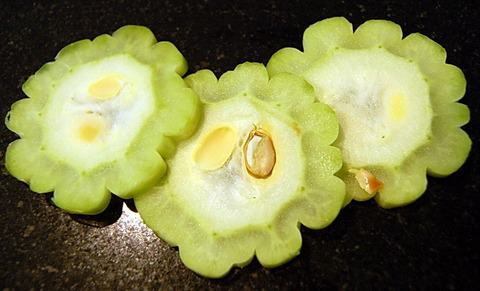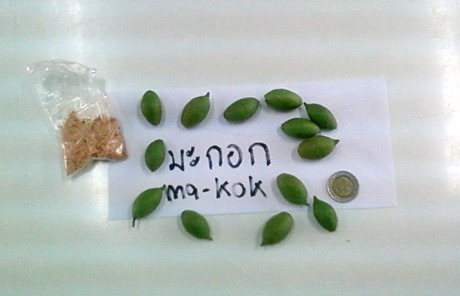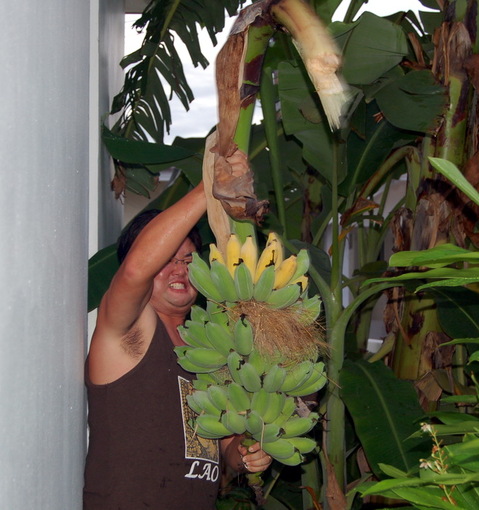Tekito Salada:
- A bag of mixed lettuce Nam bought on sale yesterday
- Onion
- Bell pepper
- Thick-cut ham slices
- 2 processed cheese slices
Special Tekito Salada Topping:
- Canned tuna
- Kewpie mayo
- Spike seasoning
- Pepper
Tekito Salada Dressing:
- Balsamic vinegar
- Olive oil
- Salt
- Pepper
- Sesame seeds
* Note that tekito (??) means “whatever works” in Japanese.
Prepare and toss all of the Tekito Salada ingredients after dribbling on a suitable amount of Tekito Salada Dressing, then top with a scoop of Special Tekito Salada Topping. If your seasoning mojo is spot on, like mine was today, you will have created a perfect salad.
Possible improvements (if they happen to be in the fridge next time): Tomatoes, Borabu apples (or jicama), jerked cane frog powder





